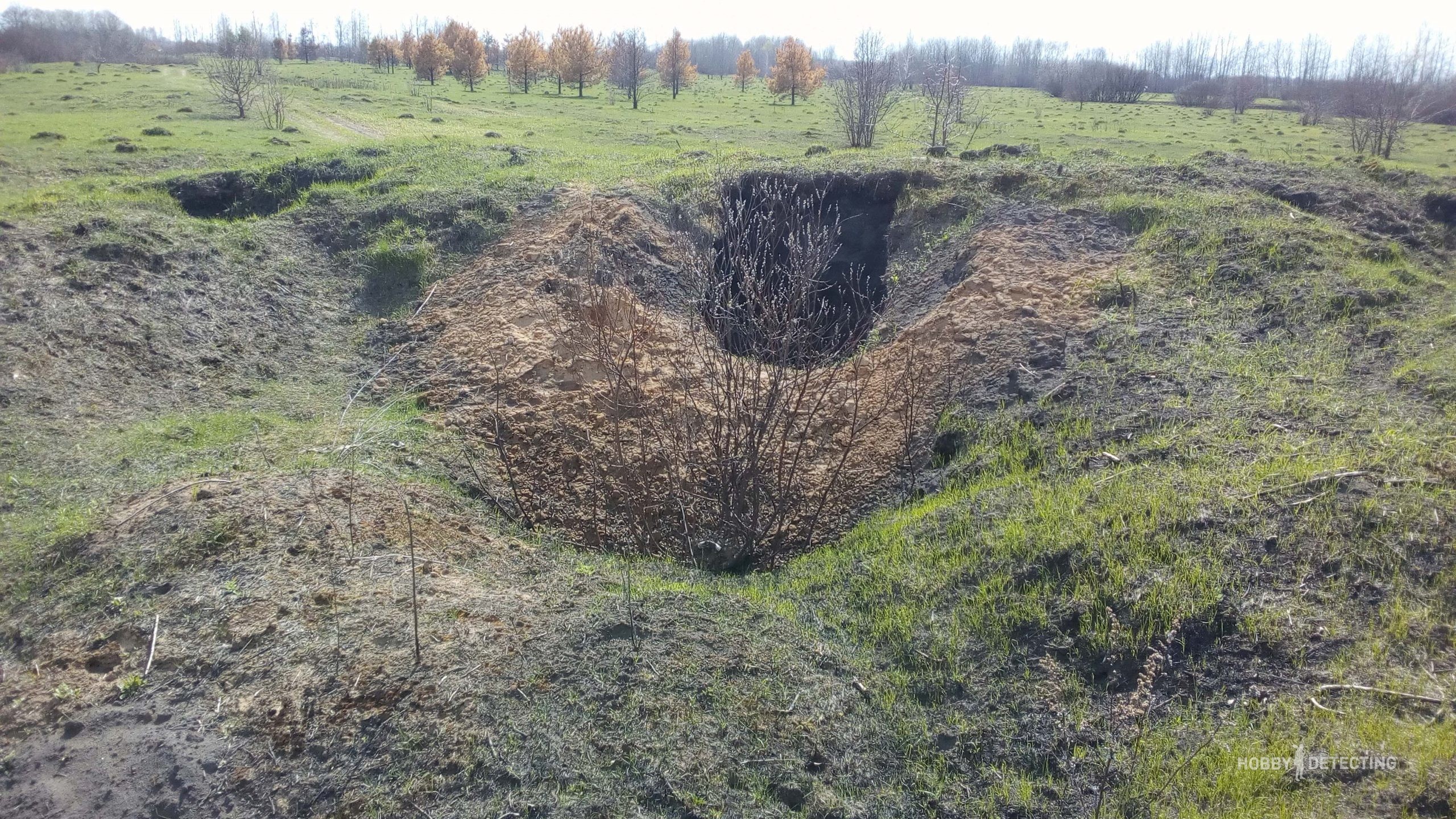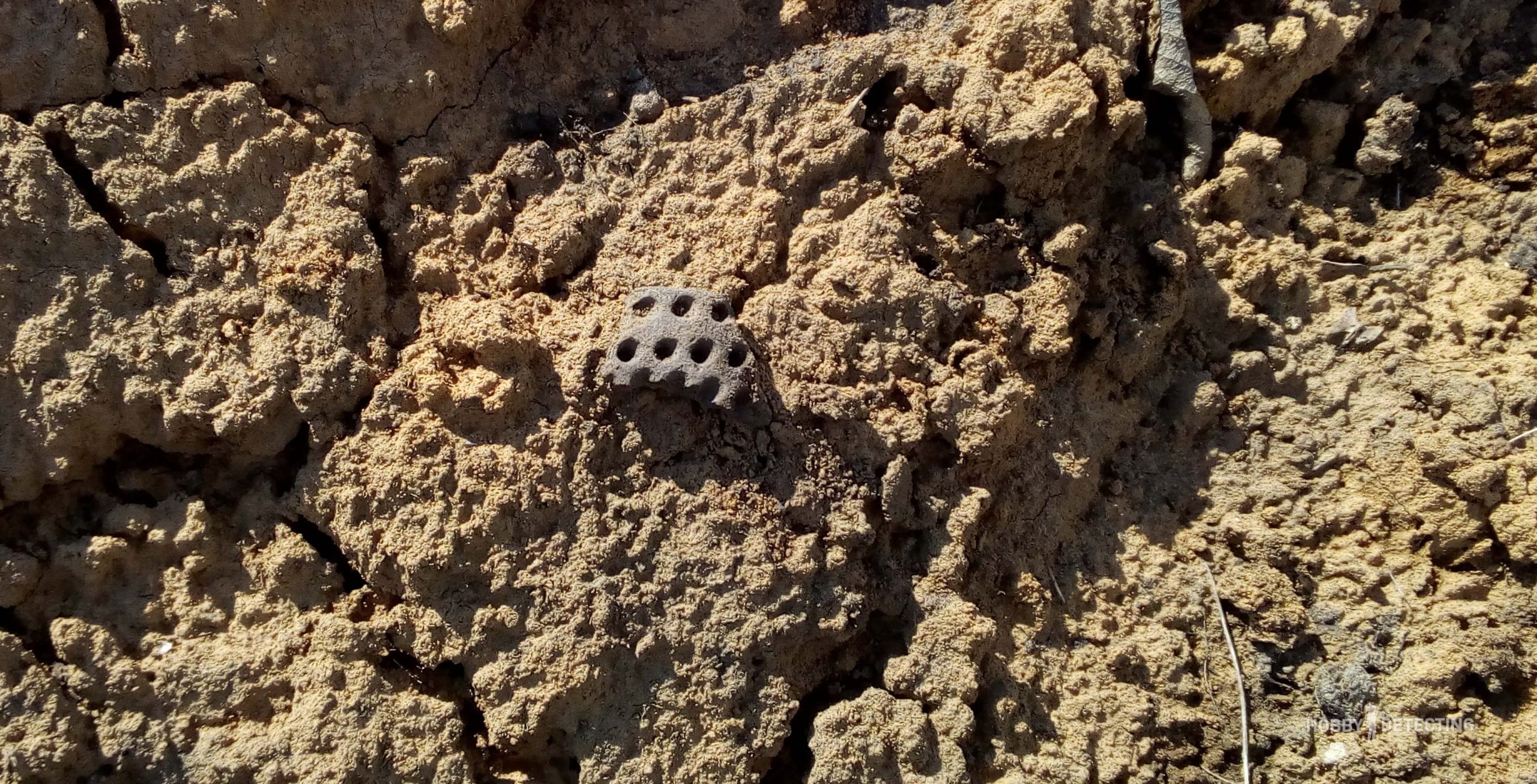Who do I consider a “black” digger? Thoughts out loud and food for thought
“Black diggers” is a term or definition that can often be heard or read, especially if a person is interested in instrumental search or is interested in archaeology. For the common man, this phrase means something incomprehensible but necessarily negative, negative and in general “Stalin is not on them.” However, no one on behalf of archaeological science dared, or was too lazy, to give at least a more or less clear definition of who can , albeit not by law, but by moral principles, should be called “black” diggers.
So, I will express my opinion.
And here, probably for the first time, I agree that our law on this topic is simply excellent. Why? Because I personally consider “black” diggers to be those who violate existing legal norms. And the law, literally interpreted as follows, is prohibited from destroying or damaging objects of archaeological heritage.
What is a cultural layer and what are archaeological objects, from the point of view of legislation, you and I, dear readers, have repeatedly discussed in this blog. Now, I propose to analyze this from the point of view of scientific logic and social rationality.

Let's start with the AKR (archaeological map of Russia). If anyone knows what this is))). AKR is just a scientific reference book that has no legal force. Moreover, there is a lot of inaccurate information in the ACR that requires elaboration and confirmation of information.
How was AKR created? In Soviet times, domestic archaeologists had large financial, administrative and public resources. On a voluntary basis, archaeologists were helped by local (rural) activists, pioneer circles, local historians, history teachers, agronomists and simply concerned citizens. There were manuals for identifying and discovering archaeological objects. As a rule, this is the identification of accumulations of ceramics in plowed fields, vegetable gardens, and when slopes and coastlines are crumbling. Once every few years, regional archaeologists came to localities, regional centers and large villages and worked with activists. Then, we went to the place and determined whether the place was interesting for science or not. That is why in AKR you will not find anything younger than the 18th century. But we’ll discuss this some other time.

I don’t know how things happened during the times of the USSR, but under the Russian Federation, the term “identified object of archaeological heritage” and, accordingly, an object of archaeological heritage (OAN) was equated by law to an object of cultural heritage (OCH).
And, here, you need to understand the logic. Everything from the AKR that was of even the slightest scientific or historical interest. Let me clarify, the scientific interest of the local scientific community, which by region included then and now includes: historians, archaeologists, urban protection specialists, teachers of specialized universities, workers of historical museums. So, what was and is of interest to science, history and the public, all this was put on record as identified OAN.
If, however, some archaeological site is of particular importance for the history of not only Kara, but the country as a whole, then local or federal activists collect the necessary package of documents, create a budget for carrying out the necessary scientific work, and, as a result, the object receives the status of a full-fledged OKN , with cadastral boundaries and objects of protection.

So, I consider those diggers who deliberately try to open ancient settlements, burial grounds, house pits in Bronze Age settlements, all those who “work” on identified archaeological objects, to be black, illegal and criminal diggers. Therefore, I definitely welcome and approve when I read another note that such people were caught, convicted, and fined a hefty sum.
Read on topic
A plundered mound as a snapshot of the problems of domestic archeology
